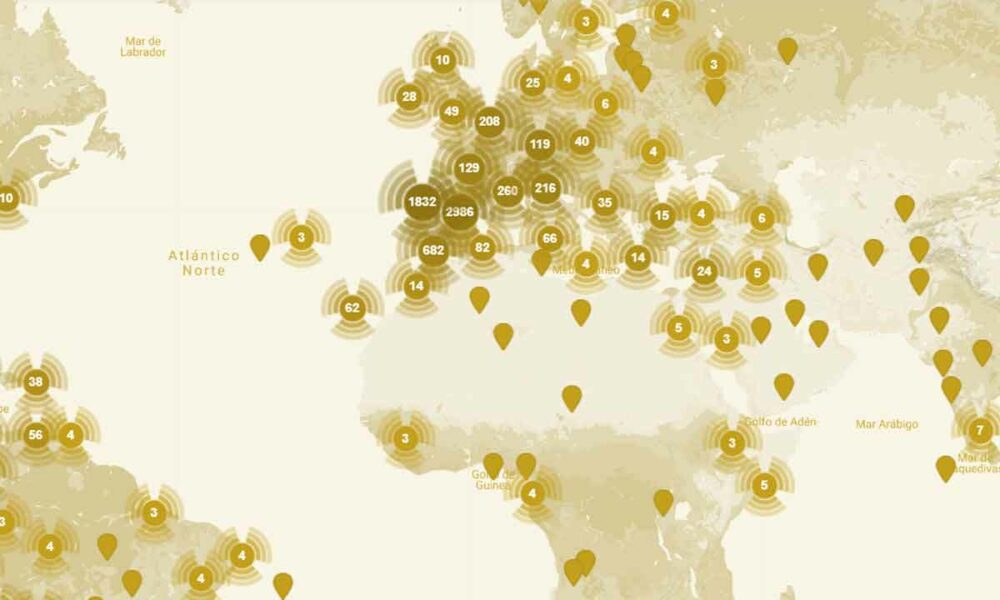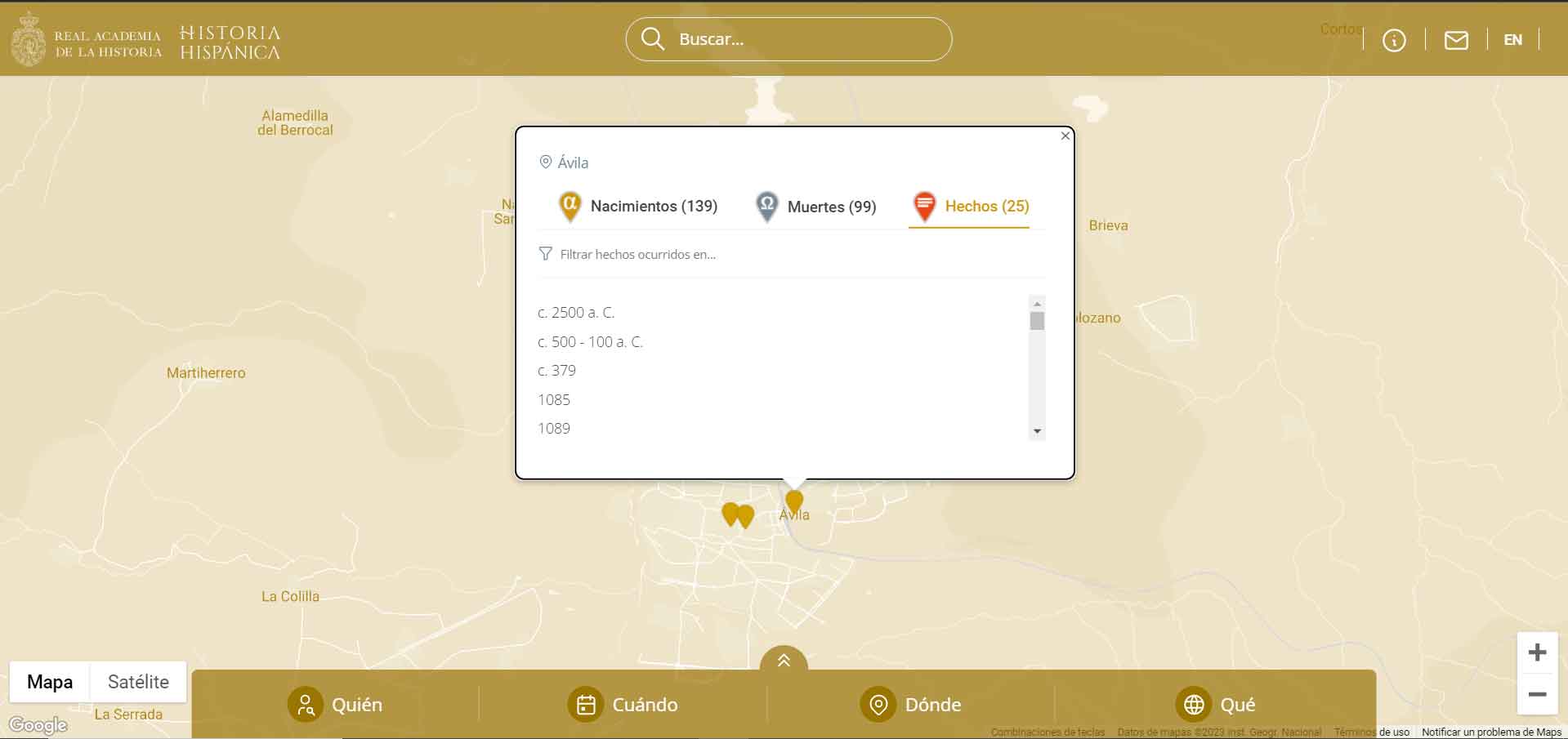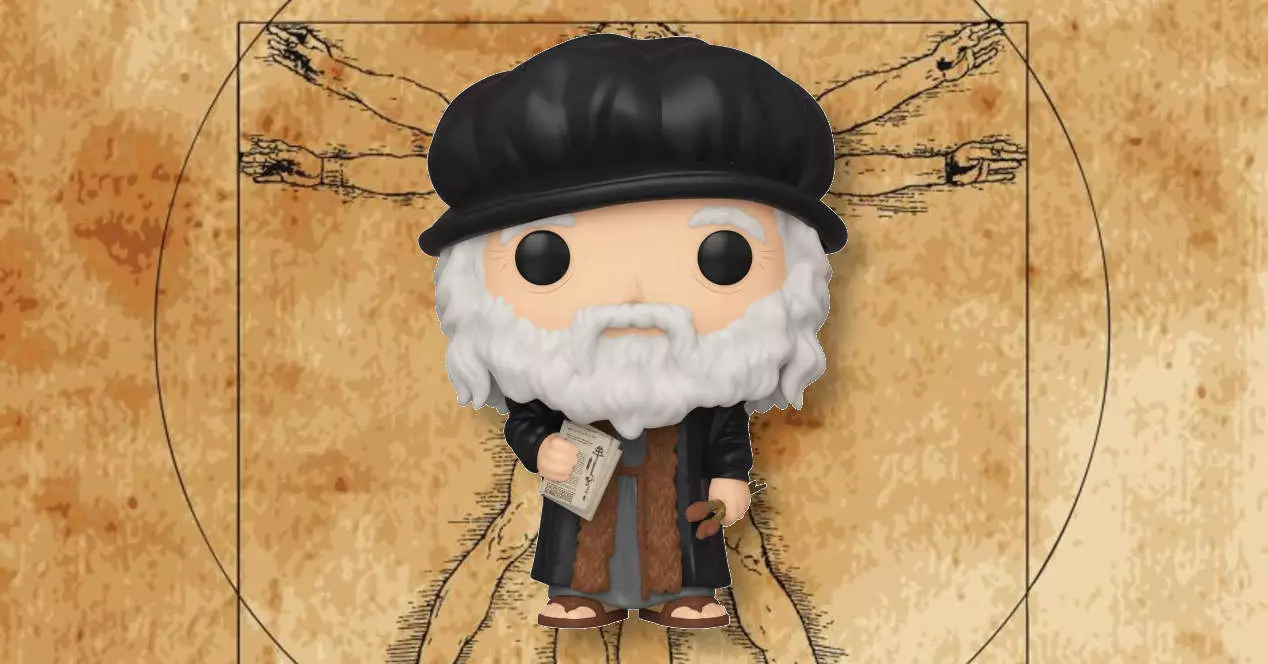
during the last hours Much has been said about what has been called “the Google Maps of the history of Spain”, something that at first sounds between puzzling and interesting. In the first place, disconcerting because, of course, many of us are used to using Google Maps to obtain routes that help us get from A to B and to find all kinds of businesses, from restaurants to hardware stores, something that is difficult to relate to the Middle Ages, the golden age, etc.
Maps are, in principle, a spatial representation and, for their part, we tend to associate (logically, of course) history with time, not space. However, we must remember something obvious, and that is that events always take place in a particular location, so the representation of them on the map makes a lot of sense, although this does not allow us to trace the best route for from the painting of the canvases in the back choir of Burgos Cathedral to the departure, from Sanlúcar de Barrameda, of the expedition that would take Magellan and Elcano to circumnavigate our planet for the first time in the history of humanity.
The geographical representation of history is a model that I have always found interesting, both for the representation of specific moments and events enough to trace a geographical chronology of events of greater depth, such as the evolution of the two confronted fronts in a war conflict. This second type of representation is more common, since we have been seeing it for decades in documentaries and others, but nevertheless, the geographical location of specific events is usually limited to an indication, textual or voice, of the place, not its representation on a map .
However, the Historia Hispánica portal, as this is the real name of the Google Maps of the history of Spain, and which was presented yesterday, puts the focus on the importance of geographical representation of events. Put into operation by the Royal Academy of History, this is how the entity itself defines its content:
«Hispanic History shows the geopositioning of the events and characters of our history with some 150,000 geographic references. The largest information on Hispanic history gathered to date.
These global geolocations indicate:
- the places of birth, death and activity of more than 50,000 characters and
- the location of more than 20,000 events of our history
- from the year 1,350,000 BC to the present
- with special attention to all the territories that were part of the Spanish Administration
Four specific thesauri (disciplinary, chronological, geographical and thematic) add up to more than 10,000 descriptors that operate in the different search modalities.
All contents are linked together through an exhaustive system of direct and indirect links, which establish a network of relationships between them never before shown, and which contextualize events and historical figures synchronously and diachronically.»
With free and open access, the Google Maps of the history of Spain (which obviously, by now it has become clear that it does not belong to Google, but to the RAH, although it does use Google Maps), is a pioneering initiative in this sense, an example of innovation put at the service of culture and history, and that in addition to facilitating access to information makes it much more enjoyable, since its very format invites us to explore the map, and especially those places that They are a reference in our lives, which perhaps allows us to find out historical events that occurred in those places.
The navigation of this Google Maps of the history of Spain is very simple, whether we use the map or if we opt for the guided searches, timelines and other tools that we can find at the bottom of the page. The references of births and deaths are indicated directly on the file that is shown when clicking on each location, although for the events what is shown is the date, which is a link that we will have to click on to access the file of the event to which they refer.




